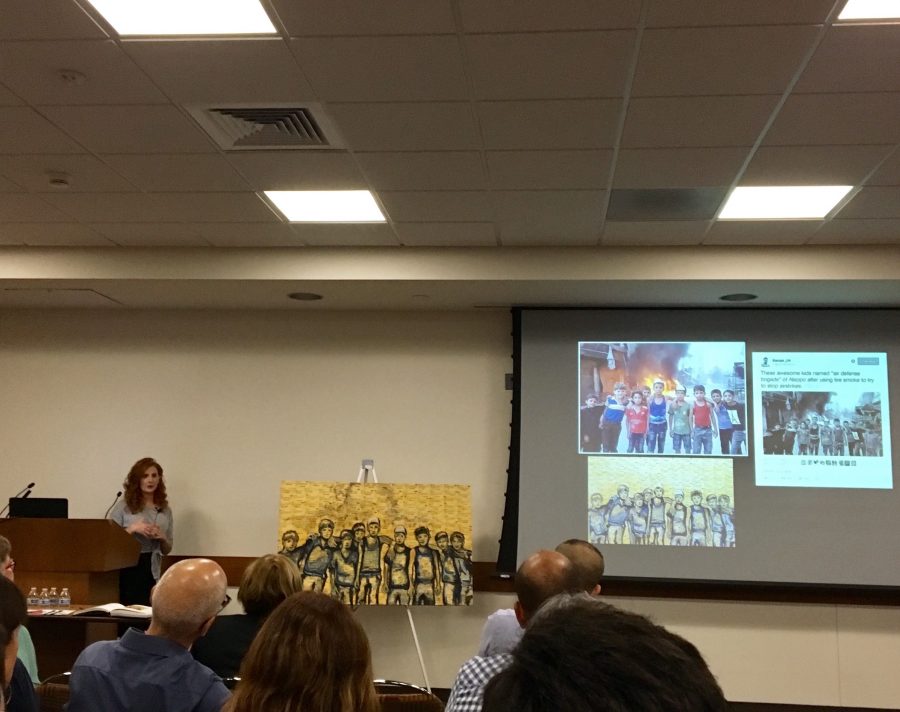
The term “opera for the masses” almost sounds like an idiom nowadays. In a world where media culture is dominated by “Glee,” “Gossip Girl” and Bella’s indecisively passive pout, opera is the elite snob nobody younger than 50 years old cares about.
But more than 300 years ago, opera was the “Gossip Girl” of its time. Opera wasn’t just for the nobles and royalty; writers regularly composed comical, fantastical and melodramatic operas for the masses.
One of these 18th century masterpieces is Wolfgang Amadeus Mozart’s final and most famous operatic work, “The Magic Flute.” Last weekend, San Diego State’s Opera Theater, part of the School of Music & Dance, performed Mozart’s ultimate opera to three nearly sold-out crowds.
SDSU’s Opera Theater performed the entire show in English, instead of the original German translation. This added to the mass appeal of the show, and made it wonderfully comprehensible for non-German speakers.
Set against the backdrop of secretive Masonic philosophies and initiations, “The Magic Flute” is a fantastical journey into a world of magic, true love and the power of enlightenment.
The main plot focuses on Tamino (Nick Munson), a foreign prince who finds himself in a strange land — a land that happens to be the dominion of the beautiful but chaotic Queen of the Night (Kara Masek), who charges Tamino with finding her daughter, Pamina (Chelsea Seener), who’s being held as a slave in a nearby temple by High Priest Sarastro (Thomas Lokensgard).
With the help of bird catcher Papageno (Jonathan Gonzales), Tamino sets out to rescue the beautiful Pamina, whom he has fallen in love with in the span of one operatic melody. What happens next is a wonderfully over-the-top mix of adventure, romance, hilarity and everything else comedic opera can bring.
This iteration of “The Magic Flute” was performed by current SDSU students and alumni, yet the piece had the same amount of skill and gusto one could expect from professionals at a performance by the San Diego Opera.
Munson’s fantastic tenor added sweetness and sympathy to hero Tamino, while Seener’s Pamina was tender, romantic and never failed to hit those high notes.
The Queen of the Night is known for having some of the hardest soprano arias in the history of opera, and Masek handled them splendidly. A graduate student of music, Masek proved herself to be on par with the best.
Another standout performance was Gonzales’ Papageno. While the role is not the most technically challenging in comparison to some of the other performers, the sheer delight Gonzales brought to the role made it impossible not to enjoy. And after one and a half acts of searching for a wife, when he finally found his Papagena (Raechele Hans), the result was one of the best scenes in the entire opera.
Musical director Michiko Lohorn provided the sole piano accompaniment for “The Magic Flute.” This could have easily made the opera sound empty or lacking, but instead the piano perfectly blended with the vocalists.
Director Kellie Evans-O’Connor created a seamless performance with simple but purposeful sets, glorious costumes and perfect pacing.
The talented cast, crew and accompaniment made for an unforgettable and enlightening experience. “The Magic Flute” was originally an opera for commoners, but at SDSU it was anything but common.






